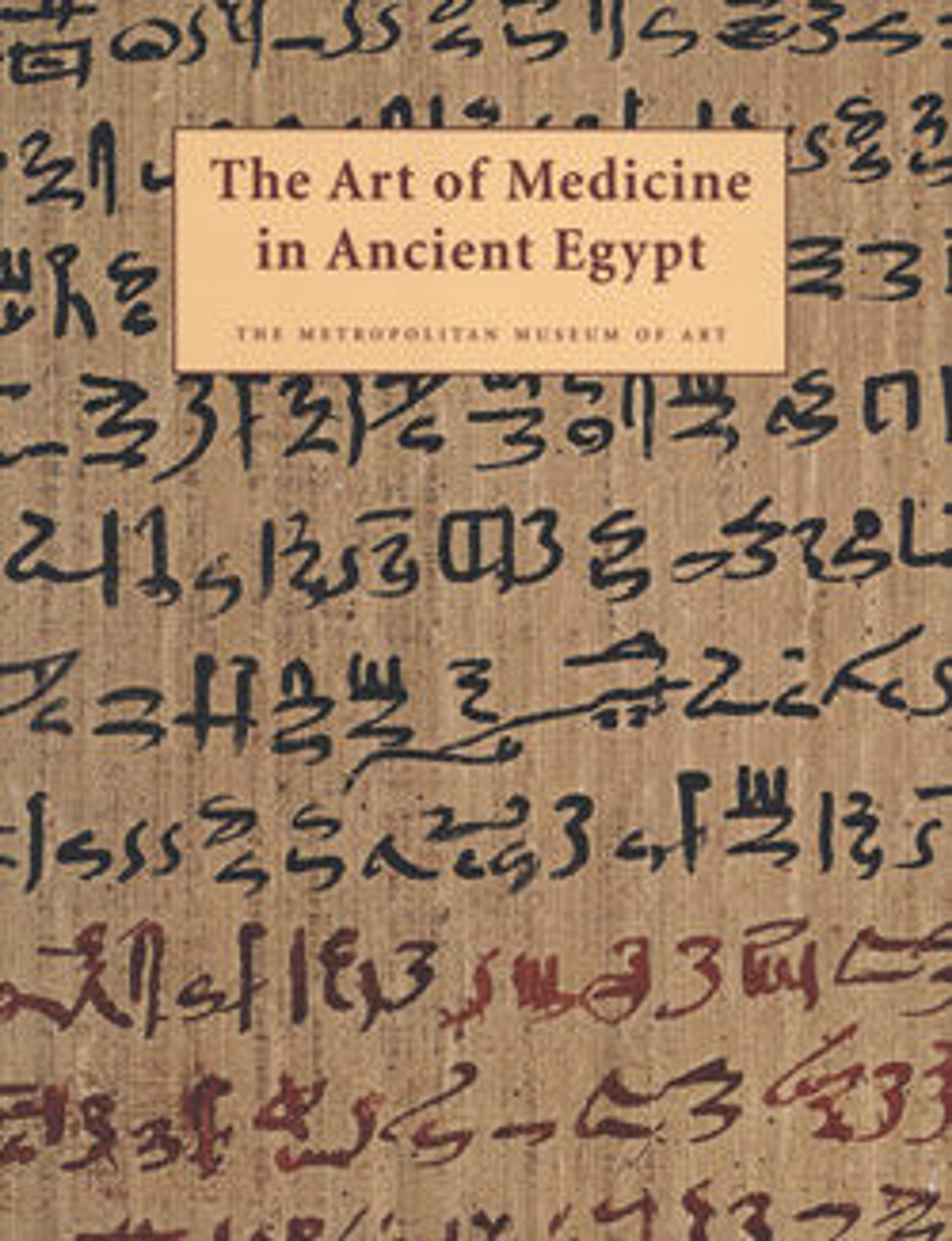Model Lotus Flower
The water lily, more commonly known as the lotus, was one of the most ubiquitous plants and symbols of ancient Egypt. Its flower, which is either blue or white (Nymphaea coerulea and alba), closes up at night and reopens in the morning to reveal a central yellow circle radiating yellow petals. To the ancient Egyptians this phenomenon reflected the rising of the sun at the dawn of creation, and the flower was seen as a symbol of daily rebirth and rejuvenation.
Two large wooden female offering bearers were found in the same tomb as this flower and a second one (25.3.283); the flowers might have been part of offerings that the women were carrying.
Two large wooden female offering bearers were found in the same tomb as this flower and a second one (25.3.283); the flowers might have been part of offerings that the women were carrying.
Artwork Details
- Title:Model Lotus Flower
- Period:Middle Kingdom
- Dynasty:Late dynasty 11
- Date:ca. 2051–1981 B.C.
- Geography:From Egypt, Upper Egypt, Thebes, Deir el-Bahri, Temple of Mentuhotep II, North Colonnade, Pit 5, MMA excavations, 1922–23
- Medium:Painted and plastered wood
- Dimensions:H. 4 1/8 in. (10.5 cm)
- Credit Line:Rogers Fund, 1925
- Object Number:25.3.282
- Curatorial Department: Egyptian Art
More Artwork
Research Resources
The Met provides unparalleled resources for research and welcomes an international community of students and scholars. The Met's Open Access API is where creators and researchers can connect to the The Met collection. Open Access data and public domain images are available for unrestricted commercial and noncommercial use without permission or fee.
To request images under copyright and other restrictions, please use this Image Request form.
Feedback
We continue to research and examine historical and cultural context for objects in The Met collection. If you have comments or questions about this object record, please contact us using the form below. The Museum looks forward to receiving your comments.
